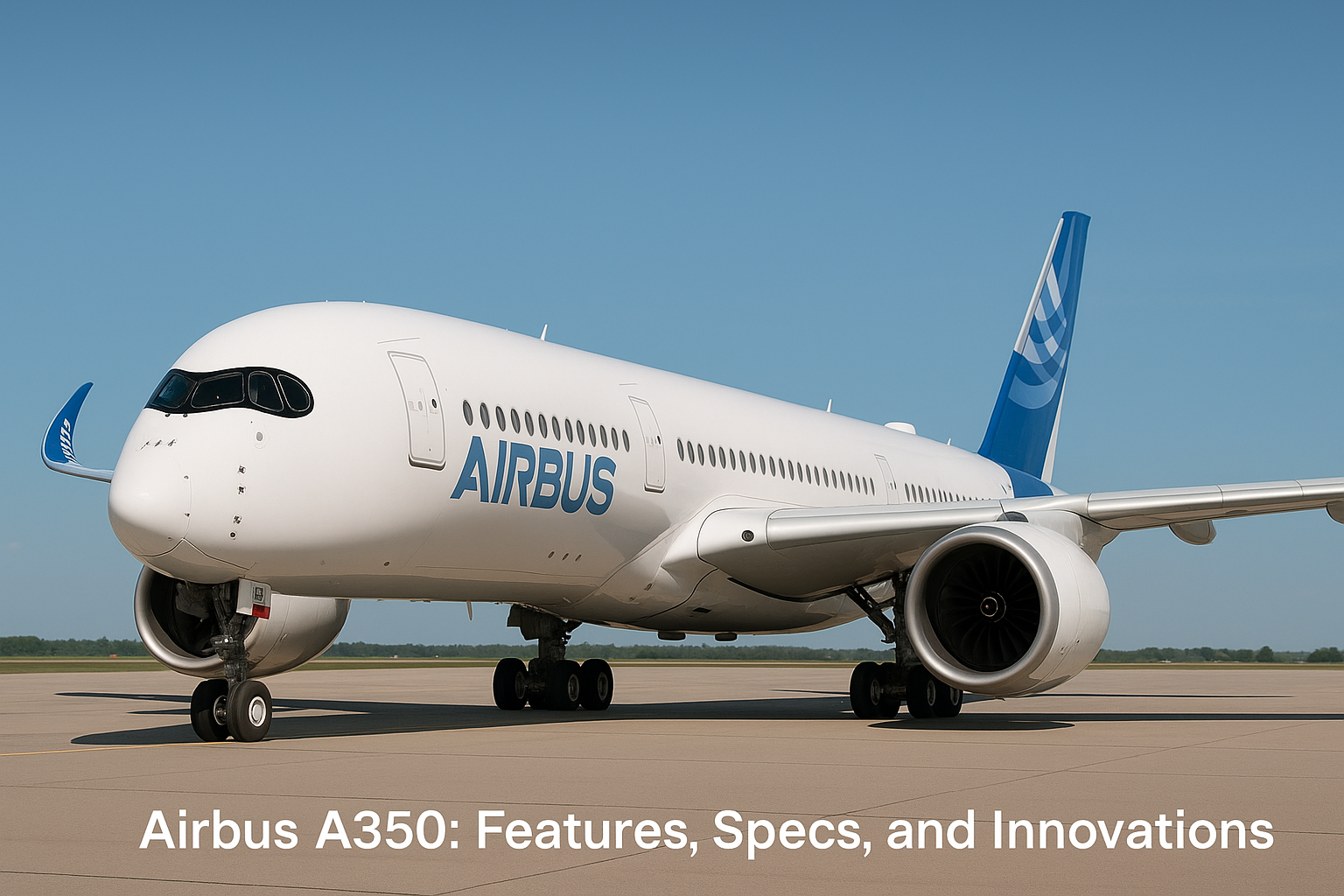Step aboard the remarkable Airbus A350, a groundbreaking aircraft that has revolutionized modern aviation. This comprehensive guide explores the innovative features, technical specifications, and cutting-edge technology that make the A350 a leader in commercial aviation.
Overview of the Airbus A350
The Airbus A350 represents a significant milestone in commercial aircraft design, competing directly with Boeing’s 787 Dreamliner. This long-range, wide-body twin-engine airliner showcases Airbus’s commitment to innovation through its ‘XWB’ (eXtra Wide Body) concept, enhancing both passenger comfort and performance capabilities.
Powered by two state-of-the-art Rolls-Royce Trent XWB high bypass turbofan engines, the A350 delivers exceptional fuel efficiency without compromising power or reliability.
Introduction to the Airbus A350
The A350’s revolutionary design incorporates extensive use of carbon-fiber-reinforced polymers, comprising over 50% of the aircraft’s structure. This advanced material choice offers multiple benefits:
- Lighter yet stronger airframe construction
- Improved fuel efficiency
- Reduced maintenance requirements
- Enhanced passenger comfort through higher cabin pressure
- Better humidity control for improved air quality
Development and Launch
The A350’s journey from concept to reality demonstrates Airbus’s engineering excellence. Key milestones include:
| Date | Milestone |
|---|---|
| December 1, 2006 | Official program launch for A350-800, -900, and -1000 variants |
| June 14, 2013 | First prototype maiden flight |
| September 2014 | EASA type certification |
| November 2014 | FAA certification |
| January 15, 2015 | Commercial debut with Qatar Airways |
Key Features of the Airbus A350
The A350’s design philosophy centers on efficiency, performance, and passenger comfort. The aircraft’s ‘XWB’ concept provides a spacious cabin while optimizing aerodynamic performance, complemented by specially designed Rolls-Royce Trent XWB engines.
Innovative Design Elements
- Advanced carbon-fiber-reinforced polymer construction (over 50% of structure)
- Adaptive wing design for optimized flight performance
- Larger windows enhancing structural integrity and passenger experience
- Aerodynamic improvements reducing drag and fuel consumption
Advanced Technology Integration
The A350 showcases cutting-edge aviation technology through:
- State-of-the-art fly-by-wire system with side-stick controllers
- Advanced touchscreen displays and flight management systems
- Enhanced cabin environment control maintaining 6,000-foot cabin altitude
- Sophisticated mood lighting system with 16.7 million color options
Specifications of the Airbus A350
Technical Specifications
| Specification | A350-900 | A350-1000 |
|---|---|---|
| Length | 66.8 meters | 73.79 meters |
| Wingspan | 64.75 meters | 64.75 meters |
| Height | 17.05 meters | 17.05 meters |
| Passenger Capacity (3-class) | 300-350 | 350-410 |
| Range | 15,000 km | 14,800 km |
| Maximum Take-off Weight | 280 tonnes | 319 tonnes |
Performance Metrics
The Airbus A350 demonstrates exceptional performance capabilities that set new industry standards. Its advanced specifications include:
- Maximum cruise speed – Mach 0.89 (1,041 km/h or 646 mph)
- Operational ceiling – 43,100 feet (13,100 meters)
- Fuel consumption reduction – 25% compared to predecessors
- CO2 emissions reduction – 25% lower than previous generation aircraft
- Dispatch reliability – Exceeding 99% in commercial operations
Innovations in the Airbus A350
The Airbus A350 embodies cutting-edge aviation technology through its revolutionary ‘XWB’ (eXtra Wide Body) design. This clean-sheet approach directly challenges the Boeing 787 Dreamliner, establishing new benchmarks in efficiency, performance, and passenger experience.
A cornerstone of the A350’s innovation lies in its extensive use of carbon-fiber-reinforced polymers (CFRP). This advanced material constitutes a significant portion of the aircraft’s structure, delivering a lighter yet more robust airframe that enhances fuel efficiency and overall performance.
Fuel Efficiency and Environmental Impact
| Feature | Benefit |
|---|---|
| A350-900 Design | Optimized for long-distance flights with reduced fuel consumption |
| A350-1000 Performance | 25% reduction in fuel burn and CO₂ emissions |
| ‘Operate’ Service | Flight operations solutions for maximized efficiency and safety |
Passenger Comfort and Cabin Features
- Quietest twin-aisle cabin in commercial aviation
- Lowest cabin altitude in its class for reduced jet lag
- Advanced mood lighting system with 16.7 million color options
- State-of-the-art in-flight entertainment systems
- Enhanced air quality and cabin spaciousness
Conclusion: The Future of the Airbus A350
The Airbus A350 is strategically positioned to dominate the long-haul aircraft market, driven by increasing demand for fuel-efficient and environmentally sustainable aircraft. As airlines phase out older models like the Boeing 777 series and Airbus A330ceo and A340, the A350’s advanced capabilities make it an ideal replacement choice.
Market Outlook and Future Developments
The A350’s market prospects are exceptionally promising, supported by industry trends toward modernization and environmental consciousness. Airbus continues to enhance the A350 family through:
- Ongoing fuel efficiency improvements
- Alternative fuel technology integration
- Advanced avionics development
- Enhanced passenger comfort features
- Continuous technological innovations
Check out our other articles about Airbus:
- Airbus A320: Specifications, Features, and Seat Maps
- Airbus A340-300: Features, Specifications, and Performance
- Airbus Beluga: The Unique Transport Aircraft
- Airbus A340-600: Features, Specifications, and Performance
- Airbus A319: Specifications, Seat Maps, and Features
- Airbus A321neo: Features, Specs, and Benefits
- Airbus A321: Specifications, Features, and Seat Maps

